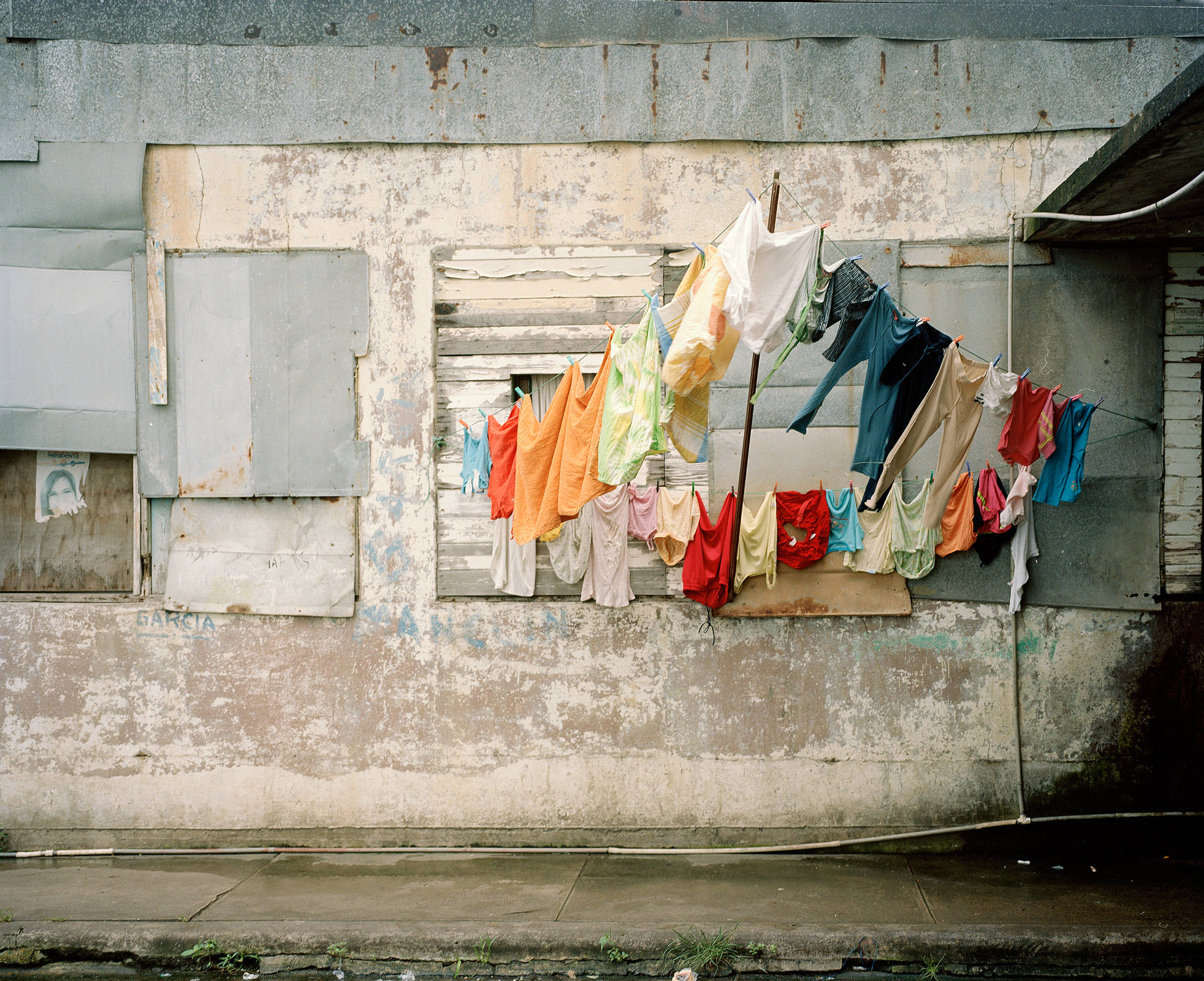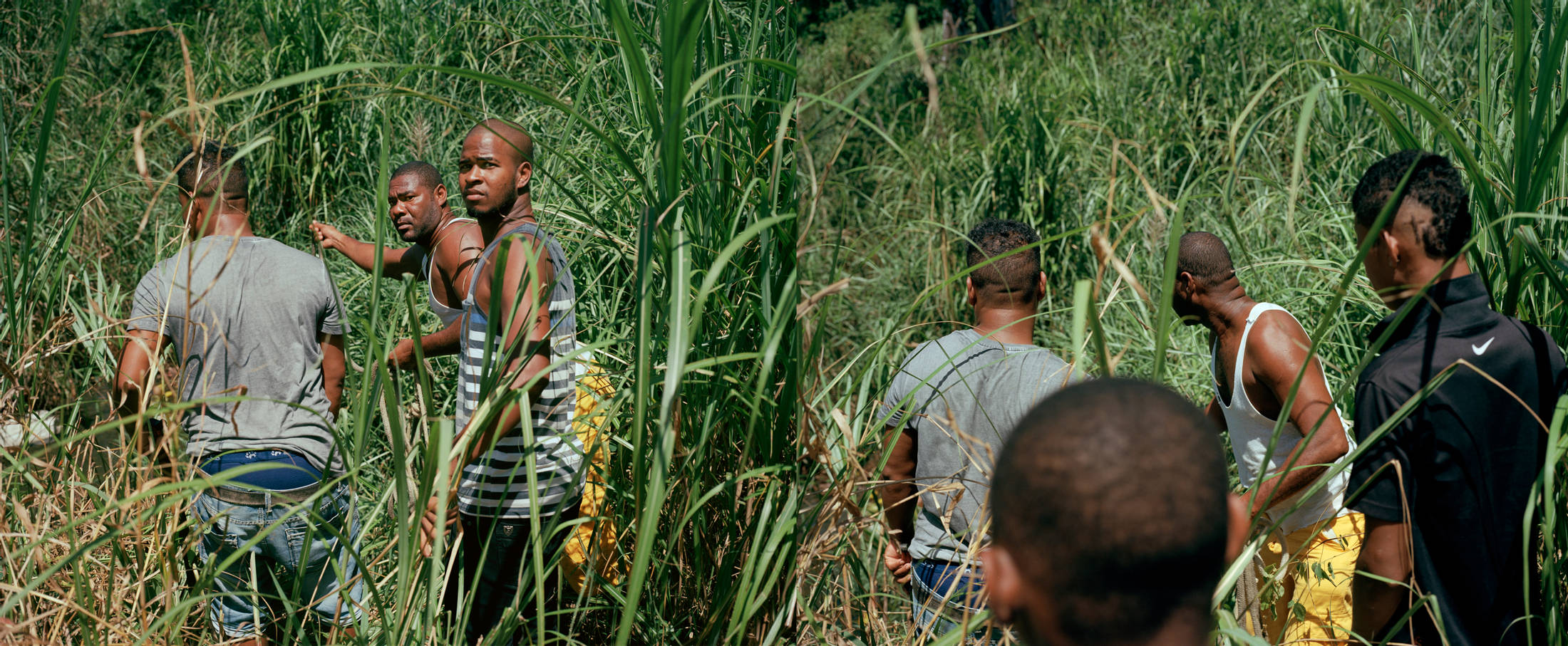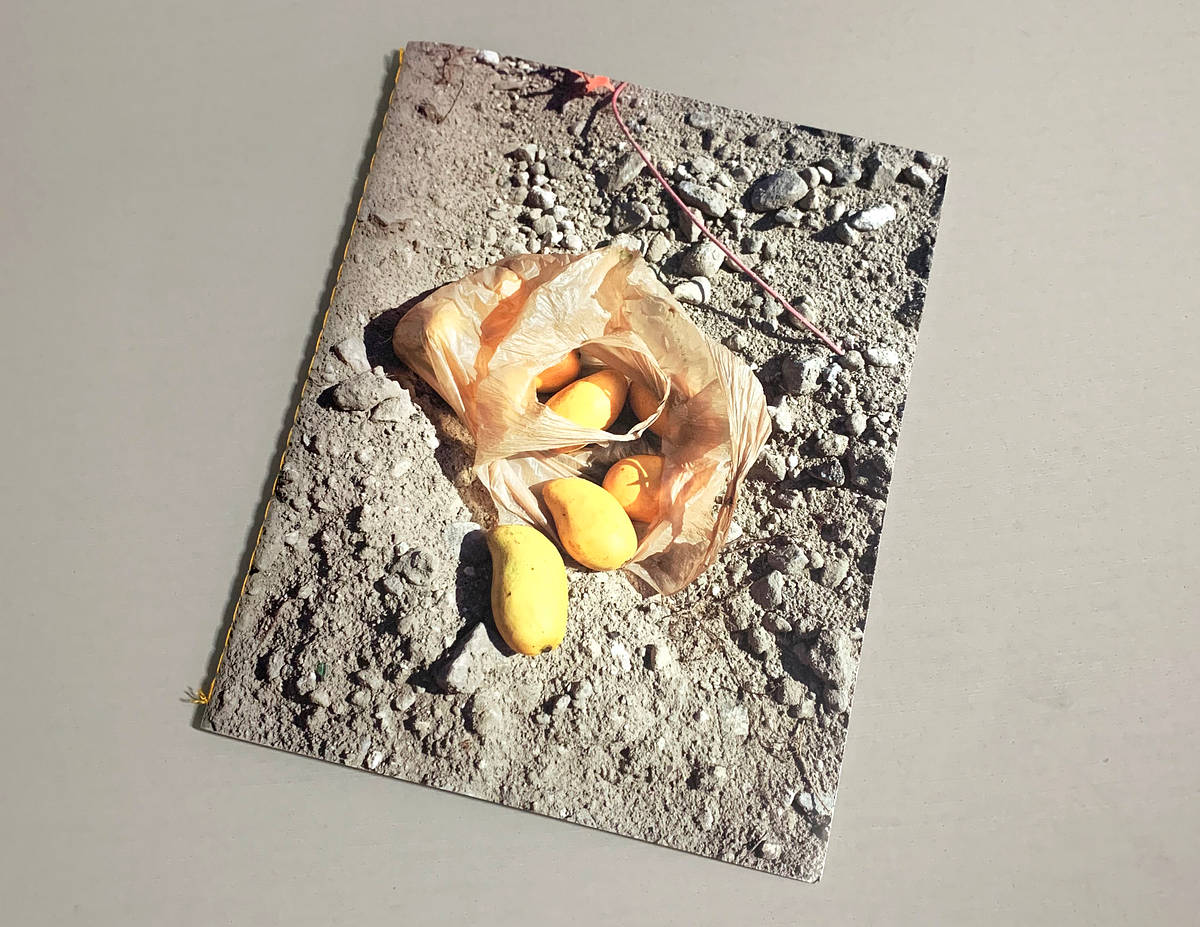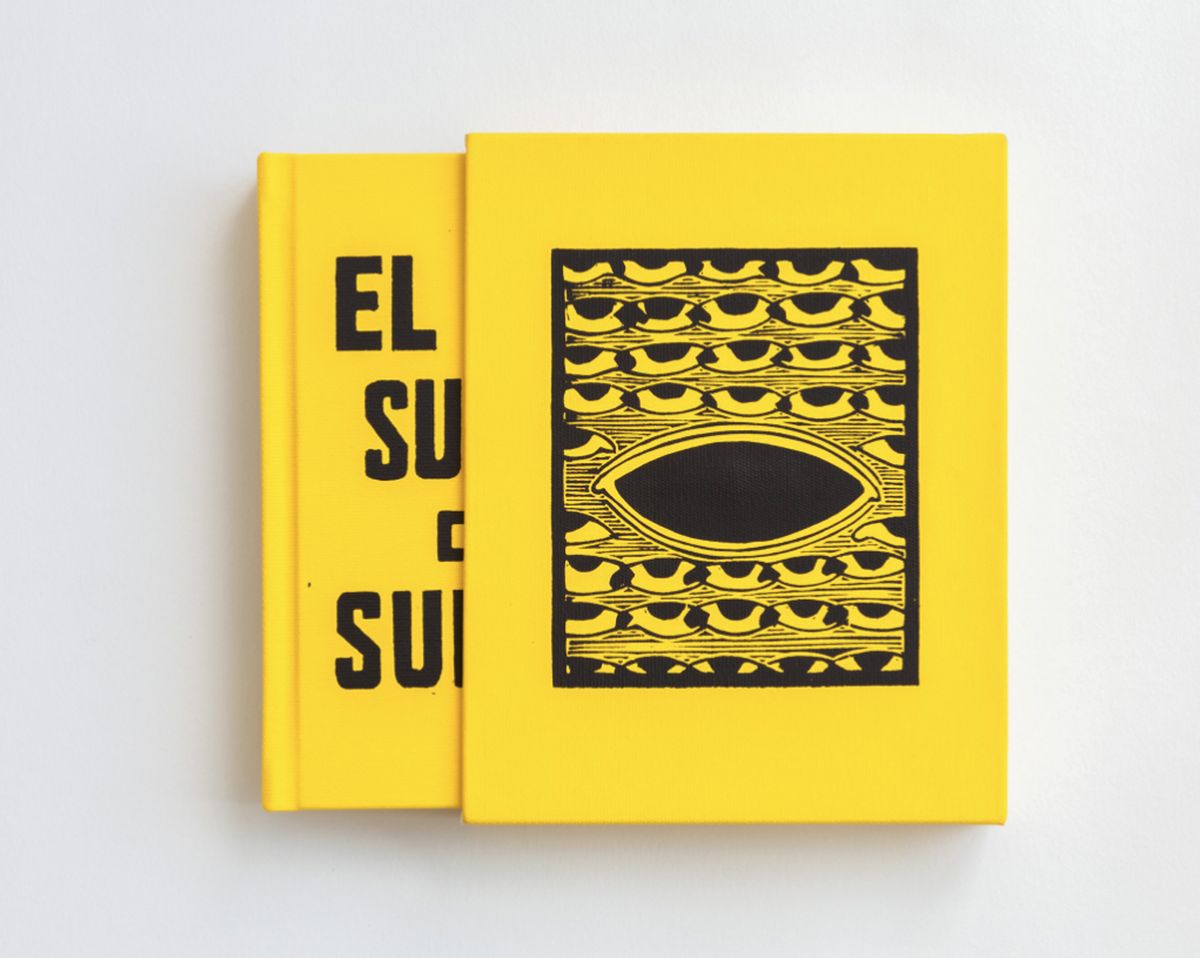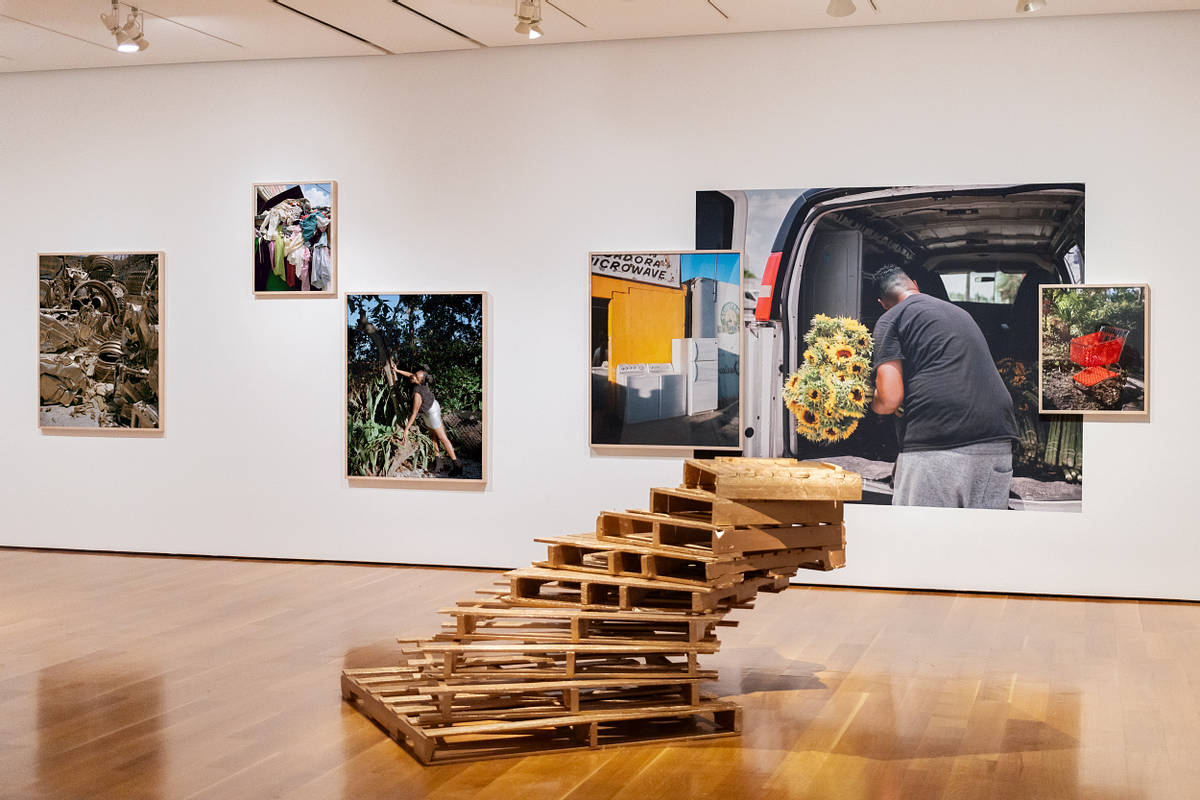Coco Solo, near the Atlantic terminus of the Panama Canal, is known to few. It served as a comfortable home for US–Americans between 1904 and 1979, when Coco Solo was a military base. In the 1980s, former barracks were repurposed as public housing for Panamanians from the nearby city of Colón. However, the community was never given access to basic services, including running water. My project and future book “King of Fish” weaves together the narratives of these two communities. By looking closely at a single place, the project underscores the long-lasting effects of neo-imperialism and global capitalism.
“King of Fish” began in the early 2000s as the coming-of-age story of “Pocho,” Brown’s adoptive son. Made collaboratively, these photographs visualize his transition from childhood to adulthood in the midst of a landscape suspended between natural paradise and oppressive dystopia. I strive to tell geo-political stories with a more individual perspective to allow the viewer to connect with the narrative in a more impactful way. I have a personal, over a decade-long relationship with Coco Solo, which has given me access and understanding to the complex social and political layered histories of this geography. This relationship includes my founding, alongside local Pastor Michael Brown “Mikey,” of a youth educational non-profit called Cambio Creativo, based in Coco Solo. Pocho is Michael Brown’s adopted son, and their whole family are still close friends of mine.
The project will also incorporate declassified archival military images of the construction of the base that I have sourced from The National Archives in DC. These images will offer a broader scope of the history of the communities that lived in Coco Solo over the course of the twentieth century, the connection between the communities throughout decades, as well as the larger
political context of the Canal Zone in Panama. As a US citizen, I always wanted to contribute to telling stories of US interventions in Latin America, as they are largely untold histories.
I am currently editing this work into a book in collaboration with Panamanian photo editor and art historian Paula Kupfer, who will conduct archival research and serve as the book’s editor. I plan to travel to Panama to facilitate storytelling workshops with Cambio Creativo and thus involve the community in the book-making process. We have recently facilitated a cyanotype workshop with youth from Mikey’s community, who created compositions using plants from Mikey’s medicinal garden. The book will have two main texts, an interview that conducted late one night a few years ago with Mikey about his personal experiences in Coco Solo, and a more historical text that contextualizes the history of US military intervention in Panama and the influence that has had on communities such as Coco Solo.
I plan for this project to be exhibited in dynamic ways. We will combine that archival images and my images in installation format, including framed prints and vinyl prints. I am interested in using the audio of my interview with Mikey as a sound
component, and also have video to explore using in an installation format.


